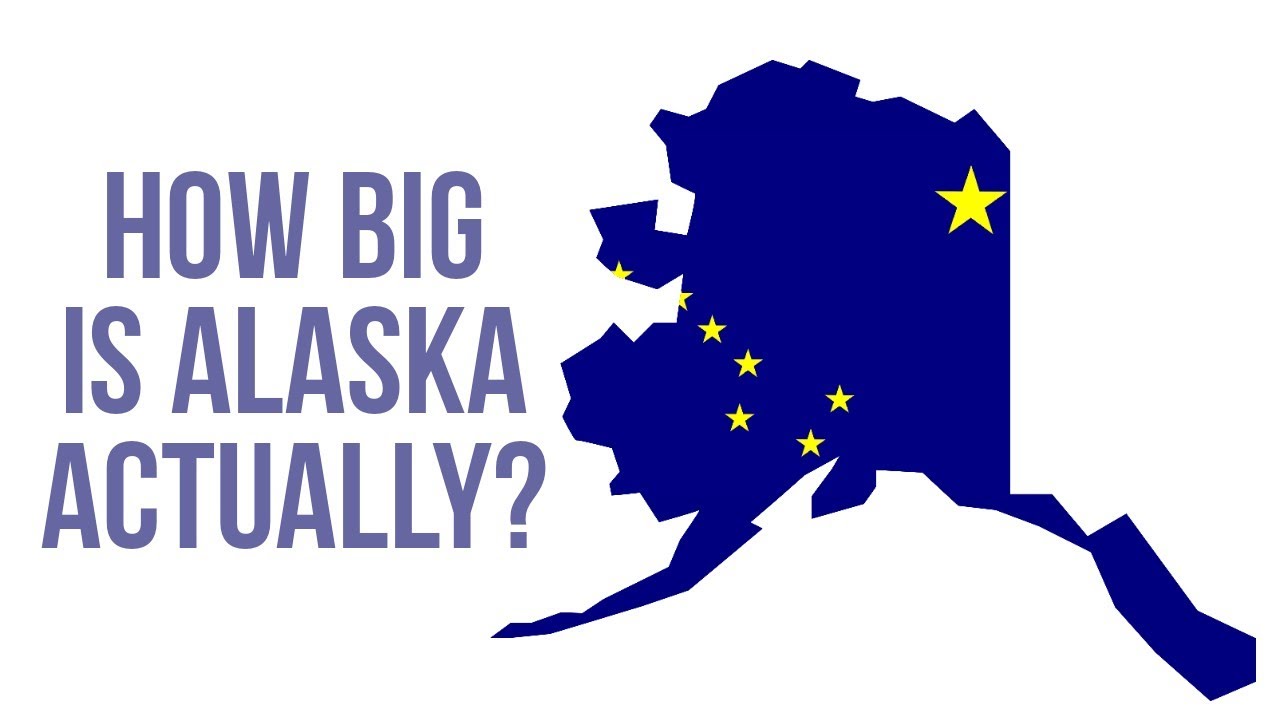Introduction: Size Comparison of Andorra and Rhode Island
When comparing the sizes of countries or states, it is fascinating to discover the variations and similarities that exist. In this article, we will explore the size comparison between Andorra and Rhode Island. Both Andorra, a small landlocked country in Europe, and Rhode Island, a state in the United States, may be considered tiny in terms of land area. However, examining their geographical, population, capital cities, borders, topography, climate, economy, tourism, and infrastructure will provide a deeper understanding of their unique characteristics.
Geography: Location of Andorra and Rhode Island
Andorra is nestled within the heart of the Pyrenees Mountains, sharing borders with France to the north and Spain to the south. This picturesque country spans an area of approximately 468 square kilometers (181 square miles). On the other hand, Rhode Island is located in the New England region of the United States, occupying an area of about 3,140 square kilometers (1,214 square miles). It is positioned in the northeastern part of the country, bordered by Connecticut to the west and Massachusetts to the north and east.
Area: Comparative land size of Andorra and Rhode Island
In terms of land area, Rhode Island is significantly larger than Andorra. The state spans an area that is roughly six times the size of the European principality. Despite its small size, Andorra has managed to maintain its sovereignty and develop into a prosperous nation. Rhode Island, on the other hand, benefits from its larger land area and the resources it can offer its residents.
Population: Contrasting population statistics of Andorra and Rhode Island
While Andorra may have a smaller land area, it boasts a population of approximately 77,000 people. This gives it a population density of around 164 people per square kilometer (426 people per square mile). Conversely, Rhode Island has a larger population of approximately 1.1 million residents, resulting in a population density of about 333 people per square kilometer (862 people per square mile). The difference in population size can be attributed to the varying levels of urbanization and economic opportunities in the two regions.
Capital Cities: Comparative features of Andorra la Vella and Providence
The capital city of Andorra is Andorra la Vella, which is also the country’s largest city. Situated in the southwestern part of the country, it is surrounded by breathtaking mountain landscapes. Providence, the capital city of Rhode Island, is located in the eastern part of the state and is the state’s most populous city. Both capital cities serve as major cultural, economic, and administrative centers, attracting residents and visitors alike.
Borders: Border details of Andorra and Rhode Island
Andorra is unique in that it is a landlocked country with no coastline. It shares its borders with France to the north and Spain to the south, spanning a total of approximately 120 kilometers (75 miles). Rhode Island, on the other hand, is bordered by the Atlantic Ocean to the south and has land borders with Connecticut and Massachusetts. Its coastline stretches approximately 77 kilometers (48 miles). The contrasting border features of the two regions contribute to their distinct geographical characteristics.
Topography: Varied terrains in Andorra and Rhode Island
Andorra’s location in the Pyrenees Mountains means that it is characterized by rugged and mountainous terrain. The country’s highest peak, Coma Pedrosa, stands at an impressive 2,942 meters (9,652 feet). Rhode Island, on the other hand, has a relatively flat topography, with its highest point, Jerimoth Hill, reaching just 247 meters (812 feet) above sea level. The variation in topography influences factors such as climate, land use, and recreational activities in both regions.
Climate: Contrasting climatic conditions in Andorra and Rhode Island
Andorra experiences a high-altitude climate due to its mountainous location. Winters are cold and snowy, while summers are mild and pleasant. Rhode Island, on the other hand, has a humid continental climate, characterized by warm summers and cold winters. The proximity of Rhode Island to the Atlantic Ocean also brings about maritime influences, including the potential for tropical storms and hurricanes during certain times of the year.
Economy: Overview of economic activities in Andorra and Rhode Island
Andorra’s economy is primarily driven by tourism, retail, and finance. The country’s tax Haven status has attracted many international businesses. Rhode Island, on the other hand, has a diverse economy. It is known for its manufacturing industries, particularly in the fields of healthcare, education, and technology. The larger land area of Rhode Island provides more opportunities for various economic activities compared to Andorra.
Tourism: Comparative attractiveness for tourists in Andorra and Rhode Island
Andorra’s picturesque landscapes, including its mountainous terrain and charming villages, make it a popular destination for nature enthusiasts and winter sports enthusiasts. The country offers an array of outdoor recreational activities such as skiing, hiking, and mountain biking. Rhode Island, on the other hand, attracts tourists with its beautiful coastal scenery, historic landmarks, and cultural attractions. The state’s coastline provides opportunities for beach activities, sailing, and fishing.
Infrastructure: Contrasting infrastructural developments in both locations
Andorra boasts a well-developed transportation system that includes a network of roads and highways, connecting its urban centers and surrounding countries. The country also has a reliable public transportation system, making it easy for residents and tourists to move around. Rhode Island, being part of the United States, benefits from a robust infrastructure network, including an extensive road network, airports, and public transportation systems. Its connections to neighboring states allow for easy travel within the region.
Conclusion: Summary of size disparities and similarities
In conclusion, Andorra and Rhode Island may both be characterized as small in terms of land area, but they possess unique geographical, demographic, and cultural features. Andorra’s mountainous landscape and high-altitude climate set it apart from the coastal and flat terrain of Rhode Island. The differences in population, economy, tourism offerings, and infrastructure further highlight the distinctiveness of these two locations. Despite their disparities, both Andorra and Rhode Island showcase the potential for prosperity and development on a smaller scale.





